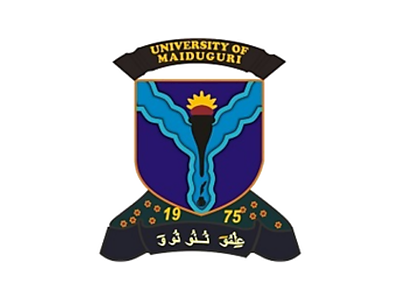Background
In its first academic year, the university enrolled 743 students spread across three faculties, namely Arts and Education, Science, and Social Science & Law. By 1978 the number of faculties expanded to six with the creation of the Faculty of Agriculture and the separation of the Faculty from Arts as well as the separation of the Faculty of Law from Social Sciences. Similarly, a two-year School of Basic Studies programme was introduced in 1976 to mop-up the students of NECAS and in 1980 it was transformed into a single year remedial programme for both Arts and Sciences.
Owing to its unique location in the north-eastern part of Nigeria that borders Niger, Chad and Cameroon republics and its cosmopolitan nature, the University has attracted students from within and outside Nigeria. Thus, teaching and non-teaching staff have been employed by the university from Europe, Asia, the Caribbean Islands and African countries. The University has experienced tremendous growth in its student population and personnel in academic, administrative and technical Departments. Specifically, by 2000 A.D the student enrolment had reached 26, 000 and the number of faculties had expanded to eight (8) including a College of Medical Sciences, Faculty of Engineering and Faculty of Veterinary Medicine. There were also 77 academic Departments spread across these faculties. As of the end of 2016 the University had one college of Medical Sciences, a School of Postgraduate Studies and 12 Faculties. The faculties include Agriculture, Arts, Dentistry, Education, Engineering, Law, Management Sciences, Pharmacy, Science, Social Sciences, and Veterinary Medicine.
Location of the University
The University of Maiduguri is located in Maiduguri, capital of Borno State, in the North-Eastern corner of Nigeria. The University's immediate environment is made up of Adamawa, Bauchi, Borno, Gombe, Taraba and Yobe, the five successor states of the defunct North-Eastern State.
The six States occupying an estimated area of 310,666 square kilometres have an estimated population of 11,888,297 (1981). The environment within which the University is located is rich in both human and natural resources. Culturally and socially, the region is one of the great meeting points of early African Civilizations. Thus, the remarkable cultures of this region at once indicate the rich rewards in terms of higher learning and research to scholars, students and the population at large.
Sign in to add your comment.
Suggested Pages
Quick Review
Enrollment
27,500
Type
Non-profit
Funding
Public-private partnership
Languages
English
Acceptance rate
38%
- 4462 of 14,160 in the World
- 114 of 1,103 in Africa
